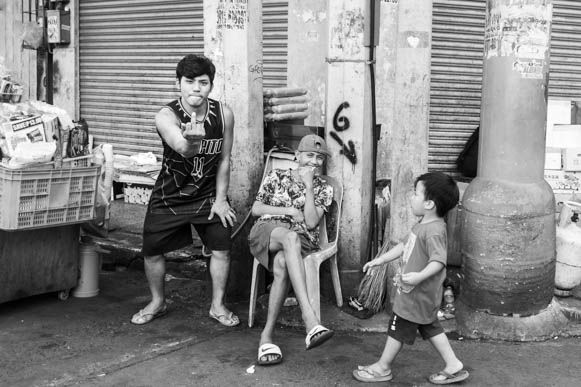Light and Shadow on the Street: Techniques for Handling Natural Light
- Miguelitor
- Jul 2, 2024
- 2 min read
Street photography captures the essence of everyday life and transforms the ordinary into the extraordinary. One of the most critical and challenging elements in this genre is natural lighting. Light and shadow not only enhance the atmosphere of an image but also help shape the visual narrative. Here, we will explore effective techniques for managing natural light in street photography, allowing you to capture more expressive and emotionally resonant images.

Understanding the Quality of Light
Golden Hour and Blue Hour: Take advantage of the times of day when the sun is low on the horizon, early in the morning or just before sunset. During these hours, the light is soft, diffuse, and warm, ideal for capturing soft skin tones and long shadows that add depth to your photos.
Harsh Light: At midday, when the sun is high, the light is harsher, and shadows are pronounced with defined edges. This light can be challenging but can also be used to your advantage to create dramatic compositions and highlight textures.
Playing with Shadows Silhouettes: Use backlighting to capture silhouettes by positioning your subject between the camera and the light source. This can create mystery and add a strong graphic element to your images. Shadow Patterns: Observe how shadows interact with the urban environment. The patterns they form can serve as compositional elements that guide the viewer's eye through the image.
Reflections and Bounces Reflective Surfaces: Use windows, puddles, and any metallic surfaces to capture light reflections. This not only adds visual interest but can also fill shadow areas with light. Light Bounce: Sometimes direct natural light is too intense. Look for surfaces that can serve as natural reflectors, like light-colored walls or even the pavement, to soften shadows.
Backlighting and Side Lighting Backlighting: Photographing your subject with the light behind them can help you achieve photos with strong contrast and highlight details such as the subject's outline. Side Lighting: Side lighting can enhance texture and volume, making the composition more three-dimensional and dynamic.
Using the Histogram Monitoring: Learn to read and use the histogram on your camera to evaluate exposure in real-time. This is crucial when working with extremes of light and shadow, ensuring you don't lose important details in the highlights or shadows.
Experimenting with Exposure Aperture and Shutter Speed Priority: By adjusting the aperture and shutter speed, you can decide how sharp or blurred you want the motion to be and how much detail you want to capture in the lit or shadowed areas. Manual Exposure: Don't be afraid to experiment with manual exposure to get the exact balance of light and shadow you desire.
Post-Processing Editing Adjustments in RAW: If possible, shoot in RAW format to have greater control during editing. Adjust the exposure, highlights, and shadows to recover details and improve image quality.
Conclusion
Street photography is an art that requires patience and practice, especially when it comes to managing natural light. Observe your surroundings, experiment with different settings and techniques, and most importantly, enjoy the process of capturing those unique moments that only street photography can offer.



Comments